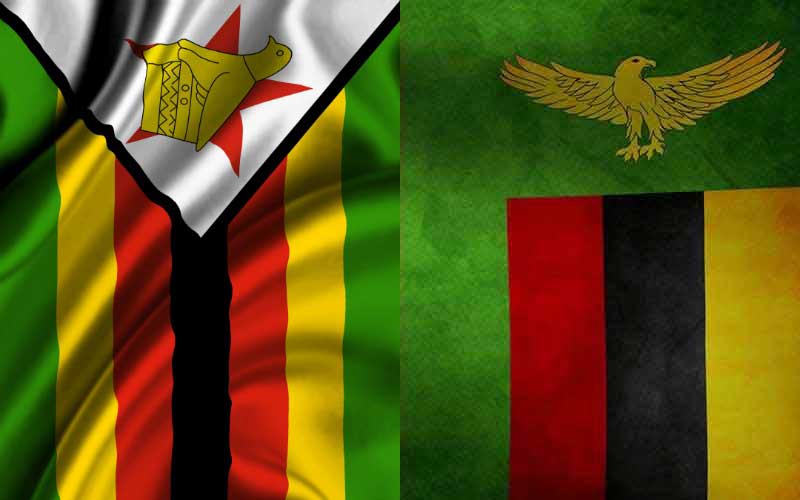Zimbabwe, Zambia establish a Transfrontier conservation area
ZIMBABWE and Zambia on Friday signed a Memorandum of Understanding (MoU) to establish the Lower Zambezi Mana Pools (LOZAMAP) Transfrontier Conservation Area (TFCA), as the two neighbouring countries seek to boost their Gross Domestic Product (GDP) through the utilisation of natural resources shared at their boarders.
In a joint communique released soon after the signing ceremony in the capital, Zimbabwean Minister of Environment, Climate, Tourism and Hospitality Industry, Mangaliso Ndlovu and his Zambian counterpart Rodney Sikumba, said through the MoU, the two countries reaffirmed their commitment and resolve to the successful development of the LOZAMAP TFCA, which is based on the principle of sustainable use of natural resources to benefit the present and future generations and on the principle of good neighbourliness.
“Over the years, we have observed substantial impacts of how global tourism contributes to growth of the Gross Domestic Product, which is feasible through the utilisation of natural resources under tourism
development.
“We are confident that this can be achieved in the LOZAMAP TFCA and can be catalytic towards leveraging economic growth,” they said.
In an effort to achieve the objective of the MoU, the two countries agreed among other things, to create a conducive environment and set up forums for the development of the LOZAMAP TFCA, to foster trans-national collaboration and cooperation between the Parties in implementing ecosystem management through the establishment, development and management of the LOZAMAP TFCA and to promote alliances in the management of biological natural resources by encouraging social, economic and other partnerships among the stakeholders.
They also agreed to enhance ecosystem integrity and natural ecological processes by harmonising environmental management procedures between the Parties and strive to remove artificial barriers impeding the natural movement of animals.
The two countries also agreed to develop frameworks and strategies whereby local communities can participate in, and derive tangible benefits from, the management and sustainable use of natural resources that occur within the LOZAMAP TFCA, to facilitate the establishment and maintenance of a sub-regional economic base by way of appropriate development frameworks, strategies, and work plans, as well as to develop trans-boundary tourism as a means for fostering regional socio-economic development.
Zimbabwe will serve as the coordinating country for the next two years, after which the responsibility will be handed over to Zambia, and that would continue on a rotational basis.
The ministers added that the event represented their countries resolve and dedication to advancing their mutual partnership in the area of transboundary collaboration through the conservation of natural resources.
“This achievement is consistent with the Southern African Development Community Protocol on Wildlife Conservation and Law Enforcement that urges Partner States to collaborate and promote the conservation of shared wildlife resources through establishment of TFCAs,” they said.
Speaking before the signing ceremony, Ndlovu said the LOZAMAP TFCA programme provided huge opportunities and ample space for the implementation of the provisions of the SADC Treaty with focus on cooperation and integration through joint planning and implementation of specific Biodiversity Conservation, Law Enforcement, Investment, Eco-tourism, Business Development Programmes and Projects.
“Zambia and Zimbabwe are already collaborating in several existing programs, including the Kavango Zambezi and Zimbabwe Mozambique Zambia Transfrontier Conservation Areas, joint energy development and power generation on the Zambezi River, Water Resources Conservation and Management on the shared Lake Kariba,” he said.
Aslo speaking before the signing ceremony, Sikumba said the MoU reflected the SADC protocol on Wildlife Conservation and Law Enforcement that encourages partners states to collaborate and promote the conservation of shared wildlife resources through the establishment of TFCAS.
“This achievement today (Friday) will inevitably promote peace and stability, ensure the sustainable utilisation of natural resources, provide economic development opportunities through nature-based tourism as well as address food and nutrition security as recognised by the SADC TFCA framework,” he said.
The TFCA measures approximately 1 7745km2 covering main National Parks (Lower Zambezi and Mana Pools), Game Management Areas, Safari Areas, Communal land, private land and conservancies.
-New Ziana











